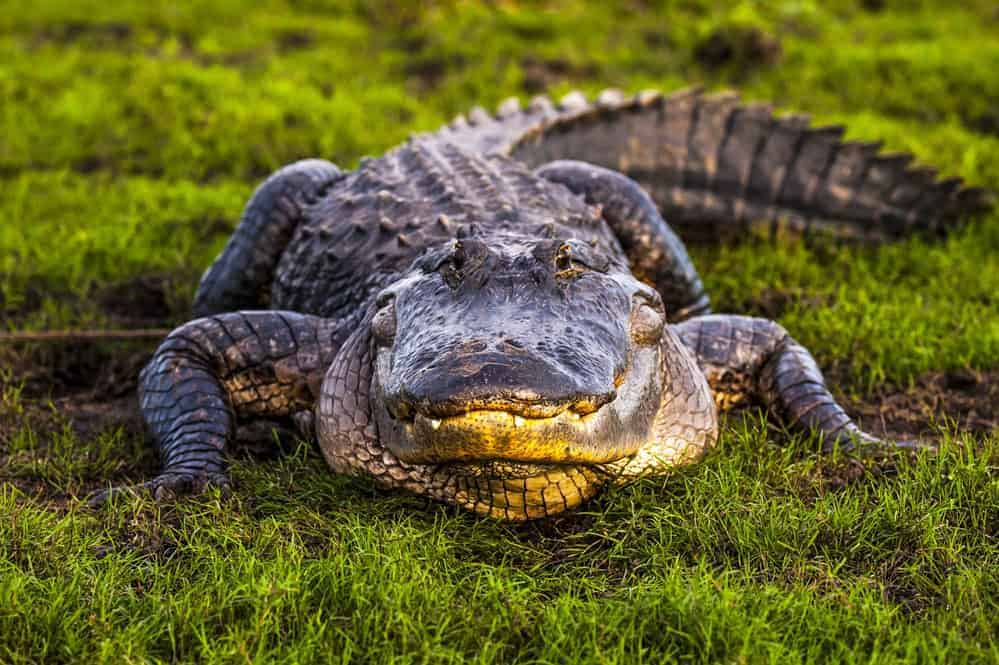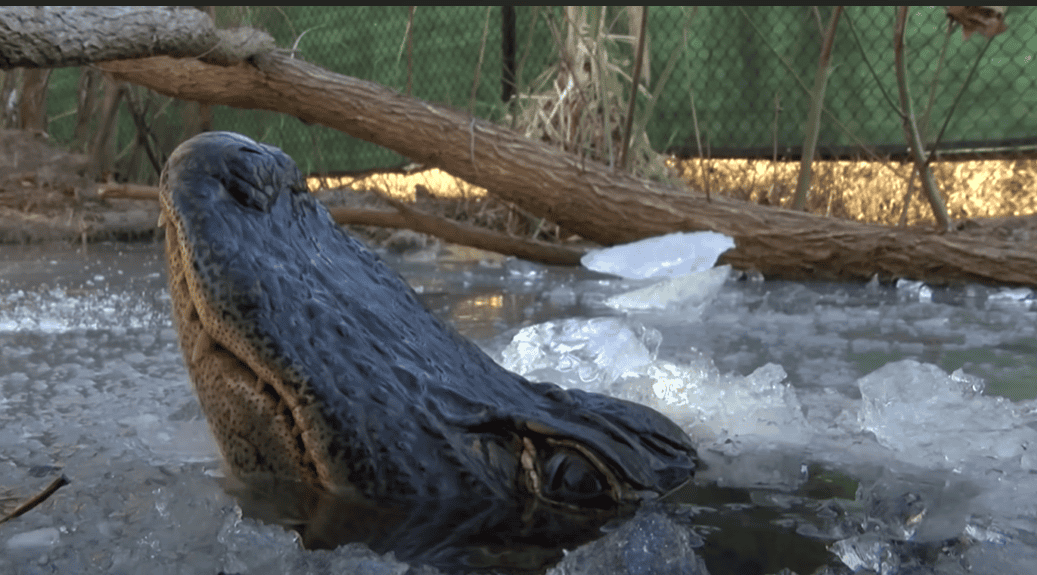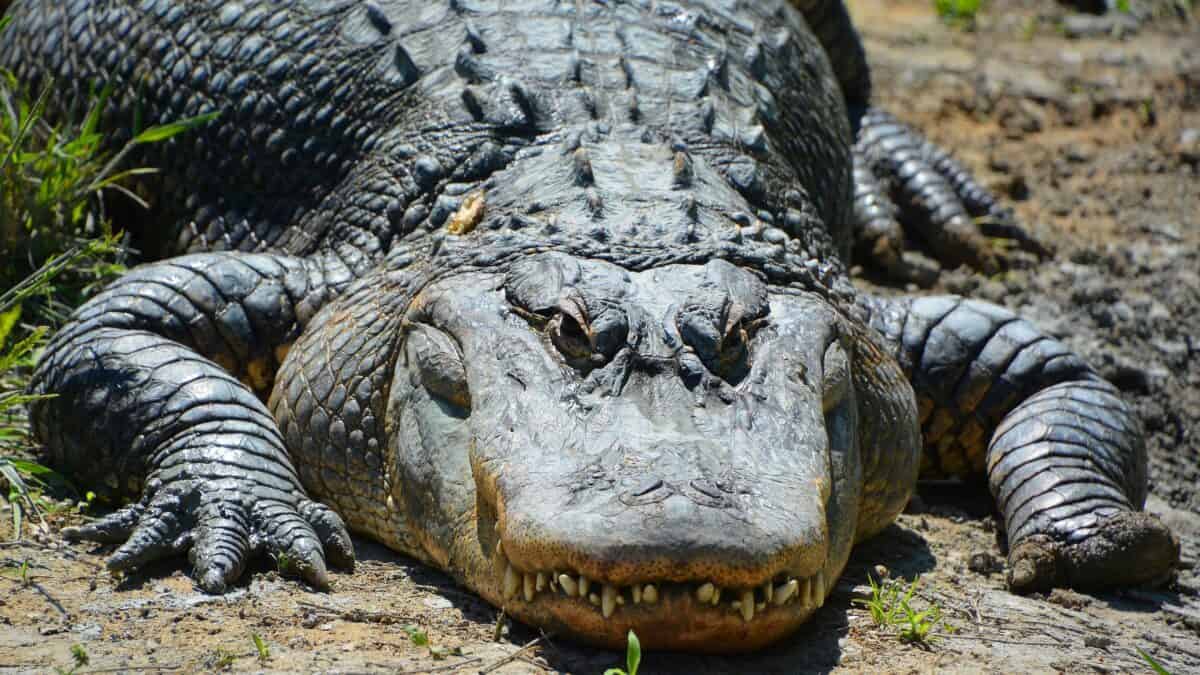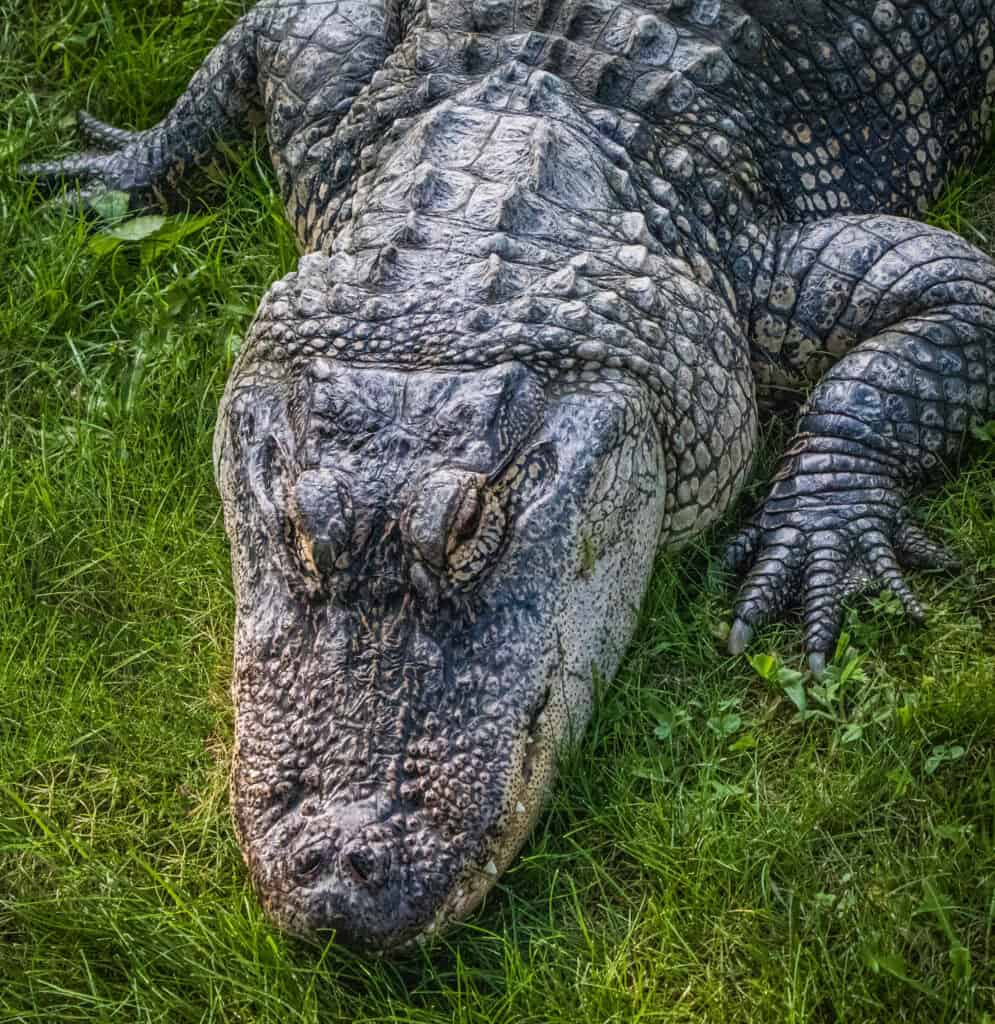The American alligator, a formidable yet fascinating reptile, is as synonymous with the swamps and wetlands of the southeastern United States as the iconic Spanish moss-draped trees. These mighty creatures thrive in their swampy domains, often sighted by excited tourists and cautious locals alike. While alligator encounters can be thrilling, it’s essential to appreciate both their beauty and the potential dangers they pose. Let’s embark on a journey through America’s top ten most alligator-infested swamps, each a unique ecosystem teeming with life and mystery.
10. The Mighty Mississippi Delta

The Mississippi Delta is a fertile and sprawling area rich in biodiversity and infamous for its alligator population. With miles of winding waterways, these swamps provide alligators with the perfect environment for hunting, breeding, and basking. Visitors can explore via guided boat tours, often spotting hundreds of these reptiles in one outing. The delta’s alligators aren’t just populous; they’re emblematic of the region’s wild vitality and natural grandeur.
9. Everglades National Park

Florida’s Everglades National Park is perhaps the most famous alligator habitat in the U.S. This UNESCO World Heritage site boasts an immense network of wetlands where alligators are a top predator. The park’s “River of Grass” is home to thousands of alligators, which play a critical role in the ecosystem by controlling fish populations and creating gator holes that act as water reservoirs during dry seasons.
8. Okefenokee Swamp

Straddling the Georgia-Florida border, the Okefenokee Swamp is a vast, peat-filled wetland supporting a dense alligator population. Known for its black water and prairies dotted with floating vegetation, the swamp is as eerie as it is enchanting. Alligator encounters are common, whether paddling through its narrow water trails or walking along the wildlife-rich boardwalks.
7. Atchafalaya Basin

The Atchafalaya Basin in Louisiana is the largest swamp in the United States, stretching over 1.4 million acres. Characterized by its bayous and cypress-tupelo swamps, the basin provides a diverse habitat for alligators. These reptiles are an integral part of the basin’s ecosystem, helping to maintain the delicate balance of the various species residing there.
6. Lake Okeechobee Swamps

Known as the largest freshwater lake in Florida, Lake Okeechobee is surrounded by swampy regions that serve as ideal alligator habitats. The area’s marshy landscape is a natural sanctuary where alligators thrive in abundance. The lake’s perimeter is a popular spot for anglers and nature enthusiasts, who often share the space with the resident reptilian population.
5. Congaree National Park

South Carolina’s Congaree National Park, renowned for its tall deciduous forest and floodplain ecosystem, is a lesser-known but significant alligator habitat. The park’s marshes and blackwater creeks support a robust alligator community, offering visitors the chance to witness these creatures in a relatively undisturbed natural setting.
4. Big Cypress National Preserve

Located alongside the Everglades in southern Florida, Big Cypress National Preserve covers over 720,000 acres of swampland. This preserve is home to a significant population of American alligators, which can often be seen basking on the banks of its waterways. The area is also rich in cultural history, with the Seminole and Miccosukee tribes having deep ties to the land.
3. Sabine National Wildlife Refuge

Found in southwest Louisiana, the Sabine National Wildlife Refuge is a crucial habitat for alligators and other wetland species. Approximately 125,000 acres of marsh provide abundant food and shelter for these creatures. The refuge’s accessibility and boardwalk trails make it a popular destination for wildlife enthusiasts seeking to observe these alligators in their natural environment.
2. Mobile-Tensaw River Delta

The Mobile-Tensaw River Delta, often called “America’s Amazon,” is Alabama’s largest wetland ecosystem. Its rich array of habitats makes it a stronghold for alligators, supporting a thriving population of these reptiles. The delta’s maze of bayous, rivers, and islands offers endless opportunities for exploration and alligator viewing.
1. Barataria Preserve

A section of the Jean Lafitte National Historical Park and Preserve in Louisiana, Barataria Preserve is a protected area characterized by its swamps and marshes teeming with alligators. The preserve boasts a variety of walking trails and waterways, providing ample chances for visitors to encounter these fascinating reptiles amidst towering cypress trees and lush greenery.
The Ecological Role of Alligators

Alligators are apex predators that play a vital role in their ecosystems by controlling prey populations and maintaining habitat diversity. Their presence is crucial for the health of wetlands, as they help maintain the ecological balance through their natural behaviors. Understanding their role highlights the importance of conservation efforts to protect these habitats and their inhabitants.
Respect and Conservation

As we continue to explore and enjoy the splendor of alligator habitats, it’s important to respect these powerful creatures and their home. Conservation efforts aim to protect alligator populations and the delicate ecosystems they inhabit. By supporting these initiatives, we ensure that both future generations and alligators alike can enjoy and thrive within our nation’s magnificent swamps.
Conclusion:

In conclusion, the swamps of the southeastern United States offer a glimpse into a world where alligators reign supreme, creating an atmosphere of both awe and reverence. Recognizing the crucial role these reptiles play in their ecosystems encourages a deeper appreciation for their presence and a commitment to their preservation. So whether you’re an adventurer seeking the thrill of spotting an alligator or a conservationist dedicated to preserving these habitats, these swamps offer an unforgettable window into the wild heart of America.
- 12 US States Where Wolves Are Making a Comeback - August 13, 2025
- 10 Most Dangerous Hiking Trails in the US - August 13, 2025
- 12 Creatures That Glow in the Dark and Why It Helps Them Survive - August 13, 2025

